Il Sentiero International Campus is the Industrial Research Centre founded on the initiative of Ecor International, which will broaden in an area of 37 thousand square meters in Castelvetro di Modena. Work is underway to build spaces dedicated to technical and administrative offices, conference rooms and laboratories in the next few years.
This achievement has been possible thanks to the support of a funded programme within the Operational Programme of the European Regional Development Fund (ERDF – ROP) 2014-2020 of the Emilia-Romagna Region. The programme consists of two parts, one concerning R&D and another one related to investments tool in the field of Surface Engineering (deposition plant for thin films Physical Vapour Deposition), Rapid Prototyping (ALM industrial size plant for laser sintering of powders metal), Reliability Engineering (functional test benches for the study of lifetime and for the development of specific preventive / replacement maintenance procedures).

The laboratories of the centre are accessible to institutions and companies in particular to those belonging to the regional territory for the development and prototyping of innovative technological solutions, aiming at a synergy with the personnel of the research centre. Therefore, the laboratory testing systems and those simulating the machine environment to the interested companies are usable, also with the presence of their own staff in collaboration with internal resources thus ensuring maximum integration and confidentiality of the results. Furthermore, the new research centre opens up to collaborations at European level.
The target users are not only large companies, but also the first and second supply chain, together with small and medium-sized enterprises for which technological growth is one of the most important assets for increasing Italian and, above all, foreign competitiveness. The research centre proposes itself as a possible tool for the dissemination of innovation, capable of conveying projects on strategic research and development strategies established at regional, national and European levels.
The programme keywords
Il Sentiero programme aims at the creation of an excellence centre and a research project:
- for a sustainable development
- in the field of automatic packaging and advanced mechanics (productive system)
- offering environmental-friendly solutions
- through nanotechnologies, materials and advanced production systems (KETS: Key Enabling Technologies)
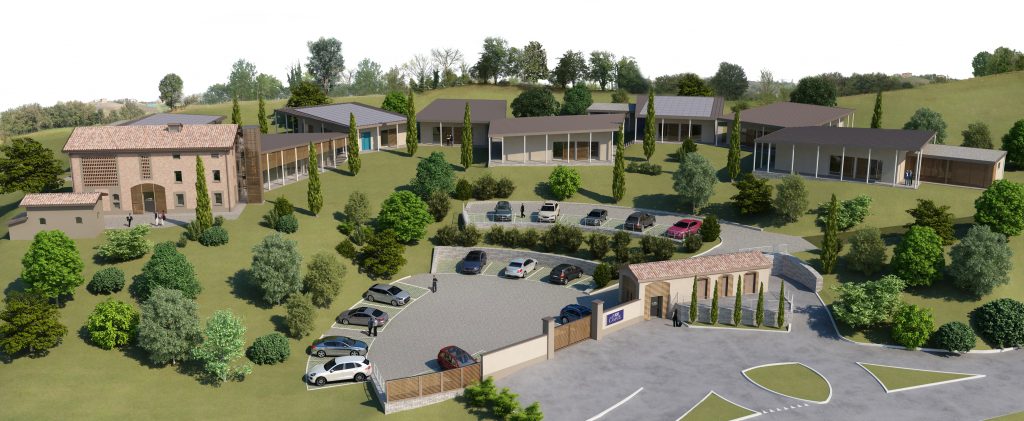
The programme description
The general objective of “Il Sentiero” programme consists in the creation of an excellence centre and a related research project for the development of technical/scientific skills considered cross-sectional to the advanced mechanics markets and automatic machines for processing and packaging of food and medicines. This programme is grounded in the great technical/scientific excitement of those sectors, the attention to the topic of food in Italy and worldwide, the need of increasing competitiveness and maintaining regional leadership in the packaging sector. Indeed, the latter represents in the Region the 70% of the Italian business (almost 7.7 billion euro, source UCIMA), with 170 companies and almost 15thousands operators. Moreover, it overtakes the first direct competitor located in Germany for dimensions, with tools dosing and packing almost every consumer good.
The research project programme is structured in three implementation objectives (IR) within the framework of surface engineering (IR1 – Surface Engineering advanced solutions), Rapid Prototyping (IR2 – Rapid prototyping methodologies and techniques), Reliability Engineering (IR3 – Reliability Engineering advanced solutions), to merge in the realization of prototypes based on the innovative solutions developed (IR4 – Prototyping and industrialization studies), considering case studies at industrial and semi-industrial level.
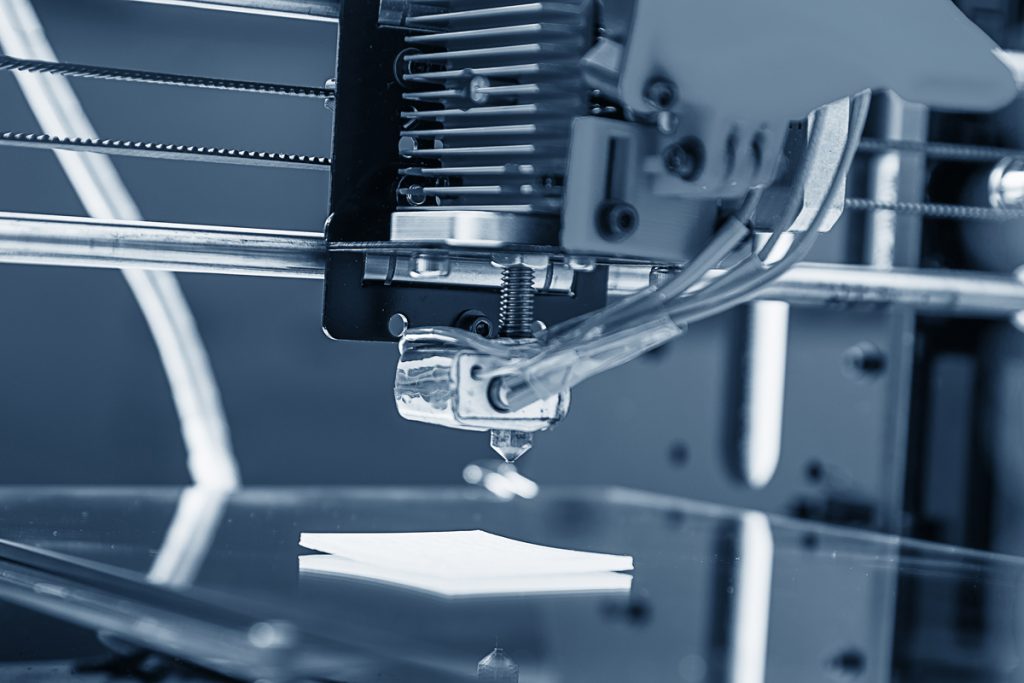
The research project objectives are:
- developing surface treatments classes to reduce/shorten times related to maintenance procedures, increasing functioning, material/components lifetime and reducing energy consumption through friction coefficient reduction, corrosion resistance increase in machine environment with cleaning/sterilization process treatment agents, wear resistance increase in rolling and sliding contacts, the reduction of food adhesion aiming at the improvement of cleaning efficiency and bacterial development reduction.
- process/product systems development for metallic critical components of automatic machines through Additive Layer Manufacturing (ALM), optimizing process parameters of ALM, welding, surface finishing and possible coating of produced components for the improvement in terms of mechanical, tribological and corrosion properties of components produced;
- define and implement test methodologies/protocols for lifetime/reliability of material/components evaluation, obtaining support data for defining O&M, performance measurement in terms of mechanical, tribological, corrosion properties and reliability grade.
The project has a time length of 36 months.
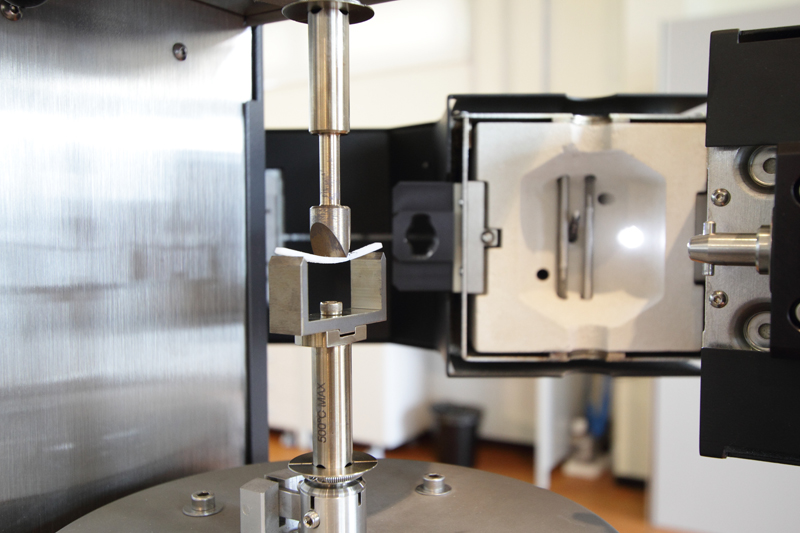
Intermediate results
Design and optimization industrial research activities of surface treatments have been focused on:
- surface development with low wettability towards organic liquids by means of laser texturing treatments with the possibility of integrating PVD thin coatings;
- low friction thin coatings by means of PECVD (Plasma Enhanced Chemical Vapour Deposition) of DLC coatings (Diamond Like Carbon) with dopant elements addition;
- duplex coatings made by thermospray interlayer obtained by HVOF (Hgh Velocity Oxy Fuel) and a thin PVD coating as top layer.
All aiming at reducing wear and friction coefficient. The studied substrates are stainless steel and light alloys.
The evaluation of the developed surface treatments and coatings (state of the art cases) have been characterized by the following laboratory techniques:
- Contact angle and roll off measurement
- SEM analysis (Scanning Electron Microscopy)
- XPS analysis (X-ray Photoelectron Spectroscopy)
- Instrumented nanoidentation
- Electrochemical polarization test
- Adhesion and friction/wear test
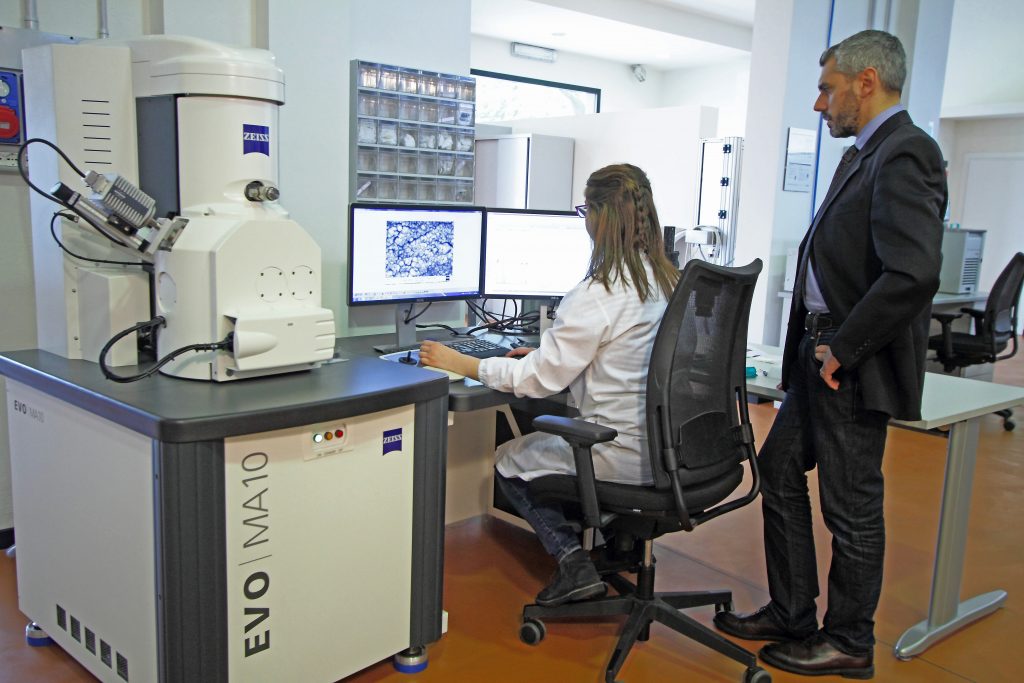
Products and samples have been produced by ALM for the evaluation of process parameters, finishing treatments, powders re-use taking into account surface and mechanical properties, corrosion resistance of prototypes. Surface finishing and weldability tests have been carried out using ALM samples with the aim of evaluating the ALM integrability inside the conventional industrial processes. Two complex geometry pipes prototypes have been produced by ALM.
Design activity for test benches has been oriented on a test rig to simulate sliding contacts (e.g. cams), rolling contacts, wear in packaging cutting processes allowing the damage evaluation, on metallic and polymeric materials.
Moreover, the concept design of a system for the measurement of packaging material friction coefficient has been designed. The test rig could also measure wear due to contact with paper.


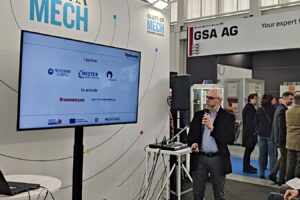
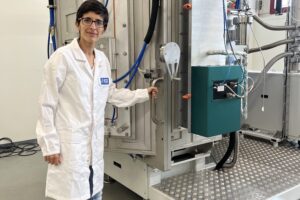






 @EcorIntern
@EcorIntern